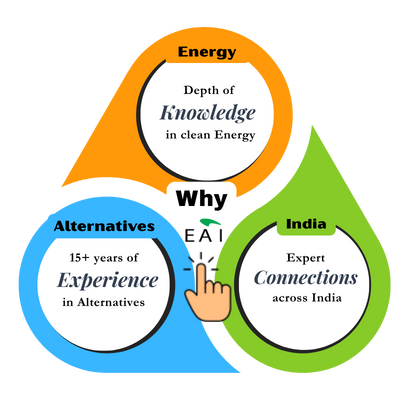Tata Steel Plant, Jamshedpur
Overview
Tata Steel’s Jamshedpur plant is a prime example of effective waste heat recovery in India. The plant has implemented several WHRS to enhance energy efficiency and reduce carbon emissions. These systems capture waste heat from the blast furnaces and other high-temperature processes to generate steam and electricity.
Implementation
One of the notable systems is the Top Gas Pressure Recovery Turbine (TRT), which harnesses the pressure and heat from the blast furnace top gas to generate electricity. Additionally, the plant employs waste heat recovery boilers to capture and reuse heat from the sinter plant and coke ovens. These systems collectively contribute to significant energy savings and lower operational costs.
Net Zero by Narsi
Insights and interactions on climate action by Narasimhan Santhanam, Director - EAI
View full playlistUltraTech Cement
Overview
UltraTech Cement, one of India’s largest cement producers, has extensively implemented WHRS across its plants. The company’s efforts are focused on capturing waste heat from the kiln and clinker cooler exhaust gases.
Implementation
UltraTech Cement’s systems typically involve the installation of waste heat recovery boilers to capture and convert the thermal energy from exhaust gases into steam, which then drives turbines to generate electricity. This approach not only reduces the plant’s reliance on external power sources but also minimizes greenhouse gas emissions. The company has set a benchmark in the industry by consistently improving its energy efficiency and sustainability practices.
Hindalco’s Mahan Aluminium plant, Madhya Pradesh
Overview
Hindalco is the world’s largest aluminium rolling company and one of Asia’s biggest producers of primary aluminium. In India, the company’s aluminium units run a gamut of operations ranging from bauxite mining, alumina refining, coal mining, captive power plants (CPPs) and aluminium smelting to downstream rolling of extrusions and foils.
Implementation
Energy consumption at the plant has gone down at all levels over the past few years. Hot metal specific electrical consumption has reduced from 14,838 kWh per million tonne (mt) in 2014-15 to 13,883 kWh per mt in 2015-16. The company has made concerted efforts to achieve these reductions. In 2015-15, direct current power consumption was reduced to almost 130.7 MUs due to several process optimisation measures taken in the pot room. Nearly 3,900 MWh per annum of energy was saved by reducing the load on induced draught fans by managing the dilution damper opening based on bag filter inlet temperature.




 Our specialty focus areas include
Our specialty focus areas include



